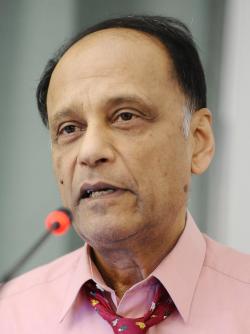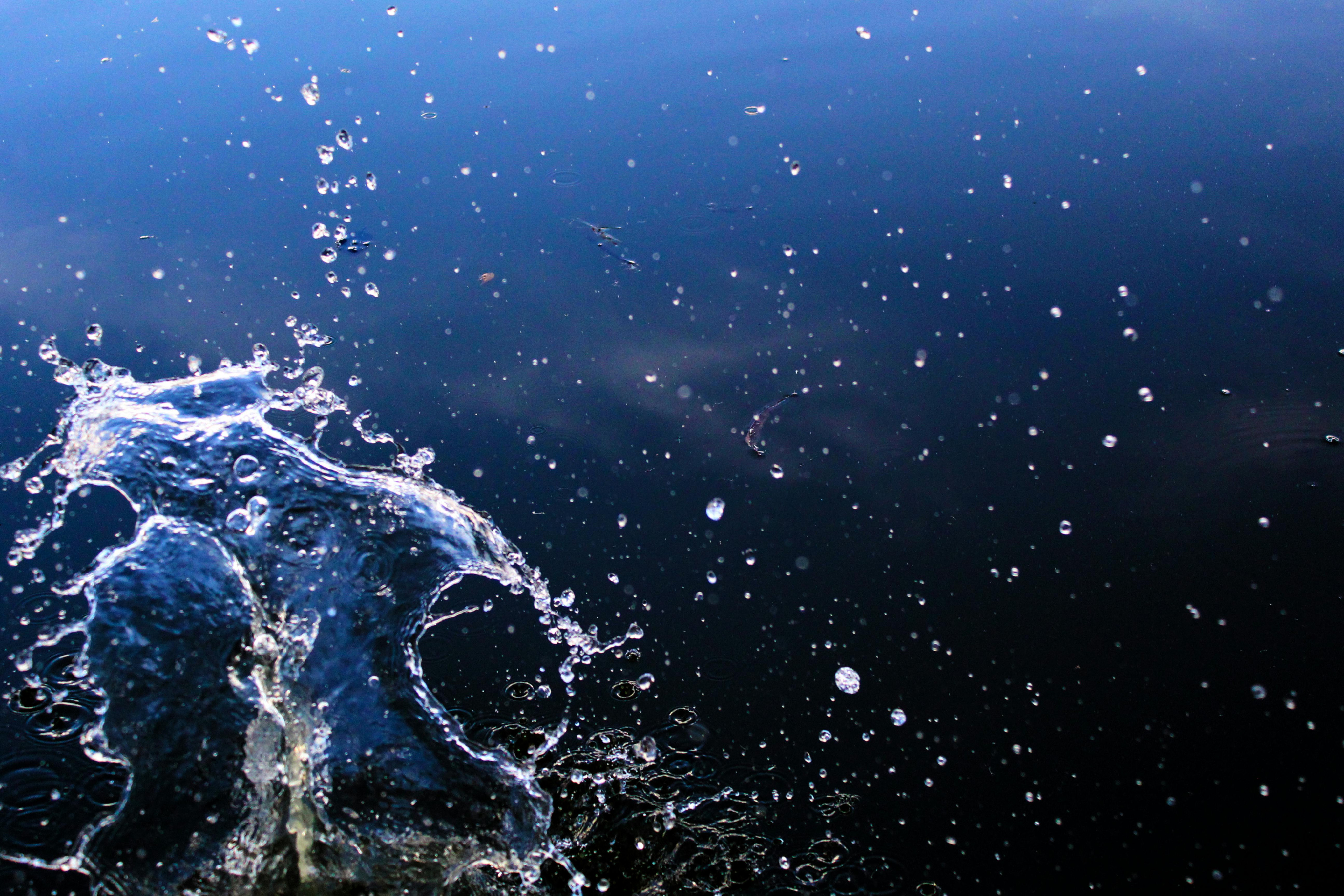Think of the biosphere as a capital asset. As is the case with the carbon concentration in the atmosphere or a large fishery, there is a stock and a flow of output. These are regenerative resources, churning out goods and services, and shrinking if you take more out of the flow than it provides. They provide services we can use so long as consumption doesn’t exceed the supply.
How we currently measure this stock and flow of our produced goods and services—Gross Domestic Product, or GDP—uses a faulty application of economics. It fails to account for the degradation and depreciation of our natural assets in the biosphere that in recent centuries has accompanied economic growth. And this unbalanced demand for Nature’s goods and services has charted an unsustainable path of economic growth and development. The result is anthropogenic global climate change and an unprecedented rate of loss in biological diversity.
From 1992 to 2014, produced and human capital doubled and grew by 13%, respectively. However, the global stock of natural capital, including important ecological services like carbon-storing soils, clean water, and fisheries, declined by nearly 40%.
Population overshoot and poor resource management was once contained within the boundaries of local community. But our dominant modern society reaches far beyond a town or village to affect the Earth’s environments and living systems. Disturbances in one part of the world get transmitted to others in short order.
We weaken the Antarctica ice sheet without ever going there. Phosphorus discharge from farms in Minnesota contributes to a deadening of the Gulf of Mexico. Emissions of soot from kitchens in the Indian sub-continent affect the circulation patterns of the monsoons, and so on.
Past pressures on our socio-ecological systems have proved, again and again, that instability, and ultimately collapse, arrive with continual stress. Historical civilisations allowed these systems to reach a tipping point before it was too late, almost surely because they didn’t see the catastrophe coming. Today we have the foresight to learn from past failures and build a sustainable economic model that accounts for inclusive wealth.
Inclusive Wealth
Economic and finance ministries conducting economic analyses will often insert certain features of Nature, such as global climate, into their economic models when the need arises. They otherwise continue to assume the biosphere as external to the human economy. This changes our conception of economic possibilities.
Ignoring the value of Nature in our connected global economy threatens the longevity of our capital goods. In fact, the economic success we’ve experienced over the past 70 years may be a down payment for future failure.
Our response needs to be a recognition of Nature as having a value, similar to the value we ascribe to human capital like knowledge and skills, and produced capital like roads and bridges, but with the caveat that natural capital has not only use-value (pollination, water purification), but also intrinsic value (e.g. migratory birds), perhaps even sacred value (sacred groves)The sum of these three forms of society’s capital goods that allow us to evaluate economic change is inclusive wealth. New metrics of economic success require that we measure all three values of wealth—ensuring that natural capital has a place in our accounting practices. And with inclusive wealth, how we value our world’s systems becomes an informed education in long-term sustainability.
Placing Inclusive Wealth at the Heart of Economic Accounting
In recent decades, eroding natural capital has been precisely the means the world economy has deployed for enjoying what we routinely celebrate as ‘economic growth’. Rebalancing our demand for Nature’s goods and services with its capacity to supply them is an exercise in valuing our precious assets.
As a successor to our age-old economic accounting, we propose a model that tracks production from source to sink. It captures and reports the residual output from production—the waste we produce, and which Mother Nature must cope with. A complete model must include pollution of all sorts, including degradation of natural capital.
The act of quantifying ecosystems and their losses, which we refer to as ‘accounting prices’, is a measure of the social opportunity cost of natural capital. In other words, the accounting price of an ecosystem reflects its value to society. It values the externalities created by our use of natural resources, such as the polluting heat-trapping gases we release into our atmosphere. By valuing the deprecation of assets, we help ensure that Nature is no longer a blind spot in economic accounting systems that decide how we manage our global portfolio of goods and services.
The COVID-19 pandemic is a stark reminder of the need for understanding our interactions with Nature, and what happens if we don’t account for natural capital. In a similar way that diversifying your investments in a portfolio reduces your risk, greater biodiversity improves our ability to withstand shocks and surprises. A clearer accounting picture of our natural systems is the tool for anticipating these disruptions.
We Must All be Naturalists
In short, a path to prosperous, sustainable economic development adopts a system of economic accounting that records an inclusive measure of wealth. We can no longer fail to measure the depreciation of Nature if we are to realize truly sustainable growth and development. The grave dangers of runaway climate change and biodiversity loss requires that we become naturalists, valuing Nature as our most precious asset. It’s in our economic interest and the interest of our descendants, that we do so.
Nature nurtures and nourishes us. Once we recognize that, we realise that the economics of biodiversity is the study of ways to protect and preserve our common future.


